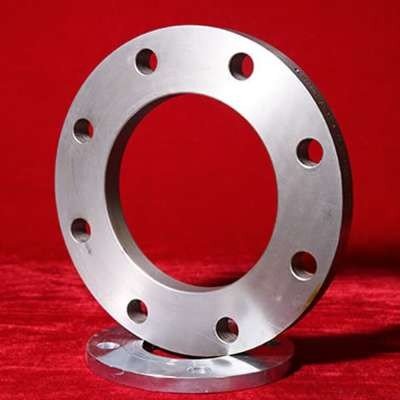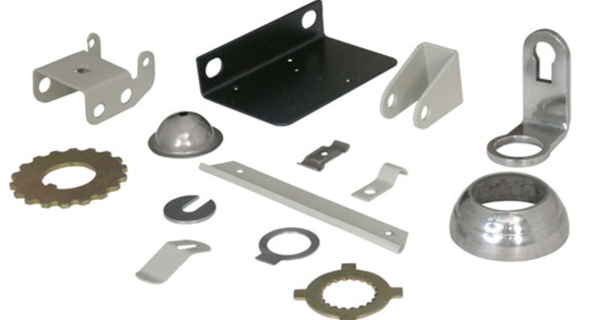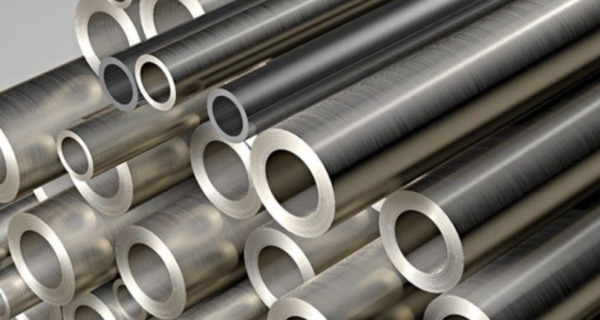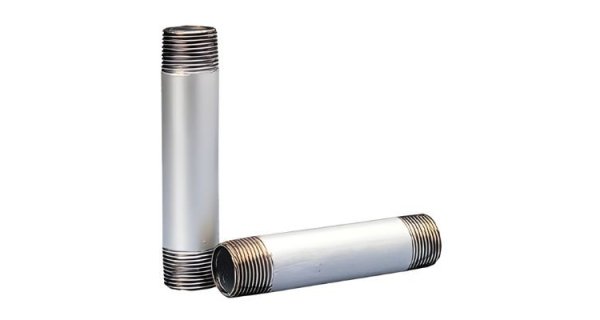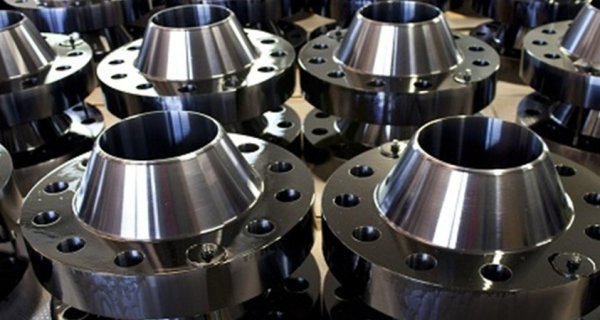Unravelling Mechanics of Solenoid Valves: Comprehensive Exploration
Solenoid valves are indispensable components in a wide array of applications, ranging from industrial processes to everyday consumer appliances.
Posted 2 years ago in International, updated 2 years ago.
Solenoid valves are indispensable components in a wide array of applications, ranging from industrial processes to everyday consumer appliances.D Chel Valves are the Top Valve Manufacturers in India. These electromechanical devices play a crucial role in controlling the flow of liquids and gases, showcasing their versatility and importance in various systems.
In this article, we will delve into the key factors influencing solenoid valves, the tradeoffs associated with their design, and the pivotal role they play in optimizing operational efficiency.
Understanding the Basics: What is a Solenoid Valve?
At its core, a solenoid valve is an electromechanical device that uses an electromagnetic solenoid coil to control the flow of a fluid through a valve.
The coil, typically made of copper wire, produces a magnetic field when an electric current passes through it. This magnetic field activates a plunger or a similar mechanism, which, in turn, opens or closes the valve, allowing or restricting the flow of the fluid.
Key Factors Impacting Solenoid Valve Performance:
Material Selection:
The material composition of a solenoid valve is critical in determining its compatibility with different fluids and environments. Common materials include brass, stainless steel, and plastic. The choice of material influences factors such as corrosion resistance, durability, and the ability to withstand varying temperatures.
Voltage and Power Consumption:
Solenoid valves operate on different voltage levels, and their power consumption can vary significantly. Choosing the right voltage is crucial to ensure proper functioning, while considering power efficiency is essential for energy-conscious applications.
Valve Size and Type:
Solenoid valves come in various sizes and types, ranging from miniature valves for precise control to larger valves for industrial applications. Selecting the appropriate size and type is vital to match the flow requirements of the system.
Pressure and Temperature Ratings:
Different applications demand varying pressure and temperature tolerances. Understanding the operating conditions is paramount to selecting a solenoid valve that can withstand the specific environmental challenges it will encounter.
Tradeoffs in Solenoid Valve Design: Balancing Act for Optimal Performance
Response Time vs. Power Consumption:
Achieving a rapid response time often requires higher power consumption. Engineers must carefully balance the need for quick valve actuation with the desire for energy efficiency, especially in battery-powered or low-power applications.
Material Compatibility vs. Cost:
Opting for materials with superior corrosion resistance and durability can increase the upfront cost of a solenoid valve. Engineers often face the challenge of finding the right balance between performance and budget constraints.
Complexity of Design vs. Maintenance Requirements:
More intricate solenoid valve designs may offer enhanced functionality but could lead to increased maintenance requirements. Striking a balance between complexity and ease of maintenance is crucial for long-term reliability.
Challenges in Solenoid Valve Implementation:
Fluid Compatibility:
Certain fluids can be corrosive or abrasive, posing challenges for solenoid valves. Ensuring compatibility with the fluid being controlled is essential to prevent degradation of the valve over time.
Environmental Factors:
Extreme temperatures, humidity, and exposure to contaminants can impact the performance of solenoid valves. Designing valves that can withstand harsh environmental conditions without compromising functionality is a constant challenge.
Reliability in Critical Applications:
In applications where reliability is paramount, such as in medical equipment or aerospace, the challenge is to design solenoid valves that meet stringent performance standards and adhere to strict safety regulations.
The Crucial Role of Solenoid Valves in System Optimization:
Considering the impact on system performance is a fundamental aspect of solenoid valve selection. Whether it's maintaining precise control in a manufacturing process or ensuring safety in a medical device, the right solenoid valve can be the linchpin for optimal system functionality.
Top Ball Valve Manufacturers in India: Dchel Valve
D Chel Valve are the Top Ball Valve Manufacturer in India.Dchel Valves is known as one of India's most significant types of valves Manufacturers and suppliers. We supply the best quality products of Valves.
Beside Ball Valve Suppliers, We Are
Ball Valve Suppliers in Saudi Arabia
Conclusion
In conclusion, solenoid valves are intricate components that warrant careful consideration in their selection and implementation. The tradeoffs involved in balancing factors such as material selection, power consumption, and environmental considerations require a nuanced approach. Engineers and decision-makers must weigh these factors carefully to ensure that the chosen solenoid valve aligns with the specific needs of the application, ultimately contributing to the overall efficiency and reliability of the system.
